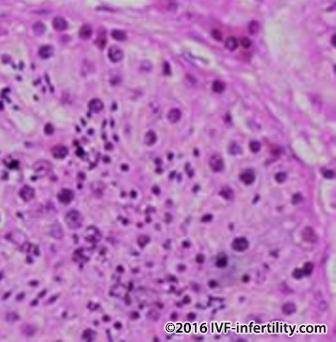Outcome of surgical sperm retrieval
Sherman Silber (2010) reported that both pregnancy rate and live birth rate were considerably lower with testicular sperm than with epididymal sperm.

How successful is PESA and ICSI in the treatment of obstructive azoospermia?
For couple with obstructive azospermia, the sperm retrieval rates is almost 100%. Live birth rates of about 30% should be expected. however, the age of the female partner is the main factor influencing the success.
How successful is TESE and ICSI in the treatment of non obstructive azoospermia?
Tournaye and co-workers (ESHRE 2007) reported the outcome of 315 TESE in men with non-obstructive azoospermia. Sperm were found in 44%. 348 ICSI cycles were performed resulted in 80 pregnancies and 63 children were born after 56 deliveries. Only 2 out of 10 men with this problem will eventually father a genetically own child.
Is there an increased risk of malformation in children conceived by SSR and ICSI?
Feddor and co-worker (ESHRE 2007) followed all children born in Denmark and Norway (number 412) following ICSI and PESA and TESA. They reported no increase in major malformation rates compared with malformation rates for IVF or spontaneously conceived children. However, there was an increased frequency of hypospadius.